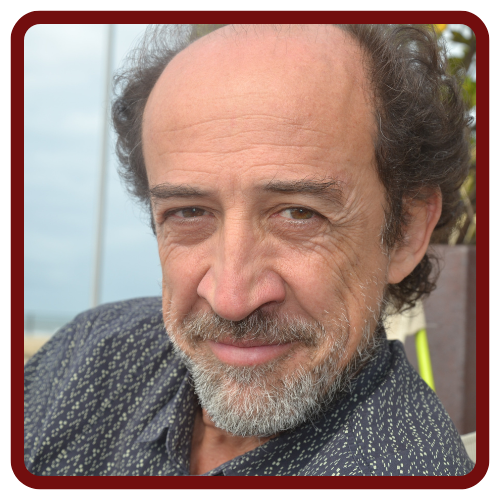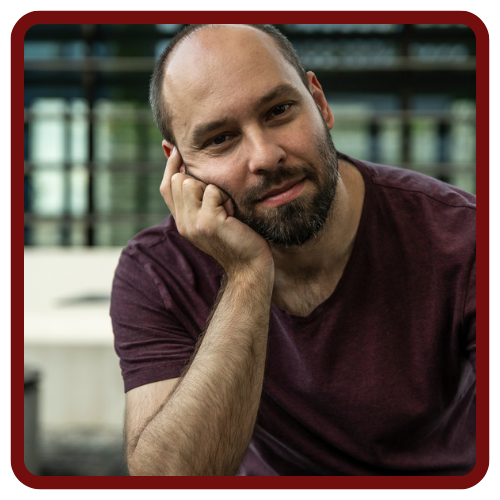SOCIODRAMATIC INTERVENTIONS WITH GROUPS IN SOCIAL DIFFICULTIES
PRESENTERS: PABLO ALVAREZ VALCARCE – PÉTER KLAUSZ
DATE AND TIME: 29th of June, Saturday 10:00-13:00
CONFERENCE TOPIC: Sociodrama and youth – raising the next generation: sociodrama of children and young people, and the professionals and institutions working with them
TYPE: Workshop and Presentation
ROOM:
NUMBER OF PARTICIPANTS: 100
TAGS: Sociodrama and Youth, June29 Morning
ABSTRACT:
WORKSHOP:
The workshop offers a view on sociodrama techniques applied in the context of social work with migrant communities. This method is used to foster social learning, mental health and interven-tions to provide young migrants an opportunity to gain insight into the obstacles and widen the repertoire of strategies when building their future in their new home country.
Theoretical background: Youth immigrants and their poorly structured families suffer a kind of personality disorder with a lack of mentalization abilities, lack of mental health attention and severe difficulties to become integrated into social and work structures. The best way to address this situation is through Specific Social Structures for them, that includes social learning and education, group sociodramatic interventions, support in work training and work searching and psychodramatic mental health assistance.
Methodology: Sociodrama , Psychodrama, Mentalization, Group for Social Active Learning
Learning objectives:
- Participants gain an understanding of the psycho-social background of working with migrant youth entering the labor market
- Participants try different sociodramatic and mentalization techniques they can use in their practices with migrant groups
PRESENTATION
The proposal contains presentations of projects from Spain and Hungary on how sociodrama and action methods can be effective tools in supporting marginalized youth when they enter the labor market. These share similar target groups (young migrants), and involve professionals in supporting roles (social workers, educators, psychologists). These groups’ social, economic or cultural backgrounds mean that they face multiple obstacles when aiming to get jobs and reach independence. The application of sociodramatic techniques fosters the identifying of such obstacles and experimenting with new strategies in work-related and family environments, supporting them to reach a higher level of independence, allowing them to create a new future for themselves.
Theoretical background: Youth immigrants and their poorly structured families suffer a kind of personality disorder with a lack of mentalization abilities, lack of mental health attention and severe difficulties to become integrated into social and work structures. Best way to address this situation is through Specific Social Structures for them, that includes social learning and education, group sociodramatic interventions, support in work training and work searching and psychodramatic mental health assistance.
Learning objectives: Giving examples of application of sociodrama techniques with migrant youth
Demonstrating modalities of sociodramatic techniques with youth and their supporters
ABOUT THE PRESENTERS:

Pablo Alvarez Valcarce is a Director of Psychodrama and Sociodrama from Spain. Founder and Director of the Grupo de Estudios de Psicodrama de Madrid. He´s Supervisor member of the Spanish Psychodrama Association(AEN). He has extensive experience in psychodramatic and sociodramatic intervenctions in areas ranging from psychiatry to organizational coaching and social intervenctions. Actually he is overseer of the Team working in a program of Social learning and employment integration for young migrants at Madrid Municipal Gobernment, and also overseer of the Team at the Personality Disorders Unit at the R,Lafora Mental Hospital at Madrid.

Péter Klausz – former student of Pablo Alvarez Valcarce, trainer at Artemisszió Foundation.
He is specialized in global education and social inclusion of marginalized groups, in his training practices he applies drama-based and active methods.






